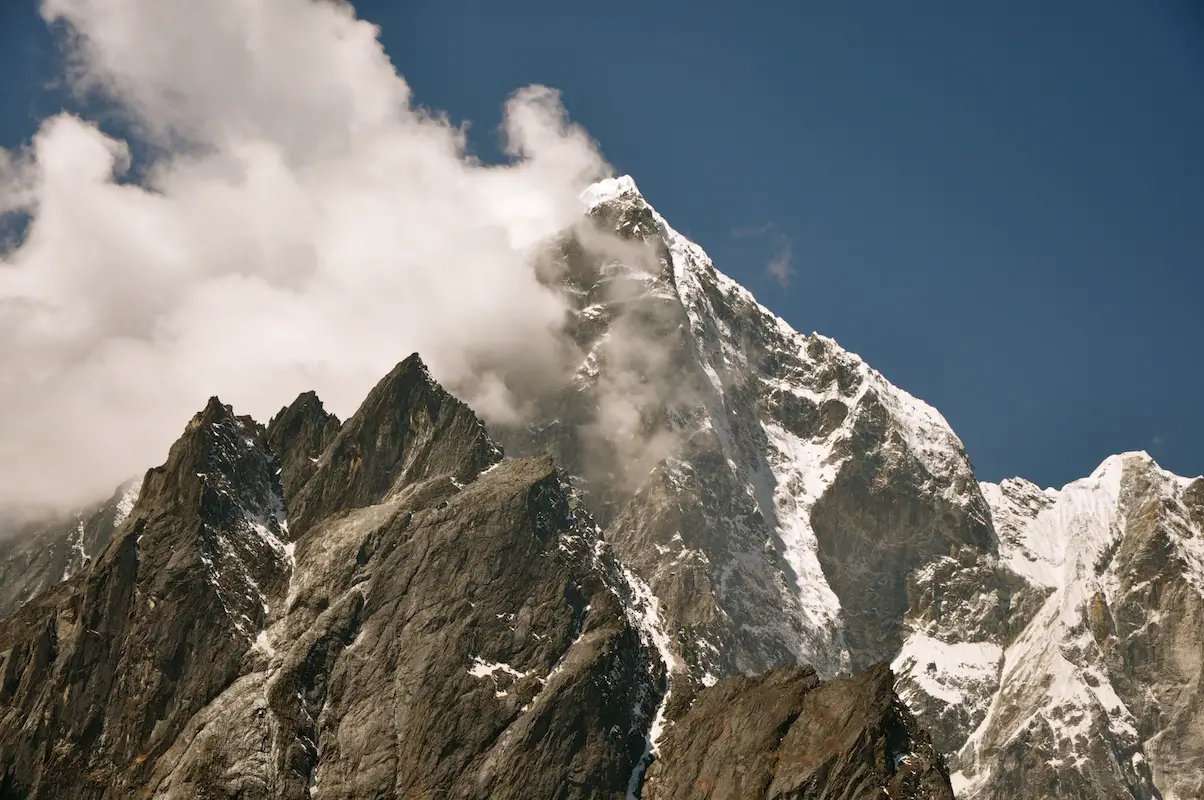We’re still in the ramp-up stage when it comes to the 2019 climbing season in the Himalaya with teams still arriving in Everest Base Camp. It won’t be long however before they start heading up the hill for the first time, so expect reports on the first rotations to the higher camps soon. Until then however, we’re starting to learn a lot more about how the season will unfold and some of the more unique stories that will take place around the mountain this year. As usual, there is plenty to talk about when it comes to the world’s highest peak.
One of the more high profile expeditions to follow this season will no doubt be the National Geographic team that is currently assembling in Kathmandu. According to The Himalayan Times, that team will be conducting a broad survey of the current environmental conditions in the Himalaya with a multiyear project that will track climate change over time. Part of that project will involve installing five weather stations on Everest itself, which the team will do this season. They’ll also collect soil and rock samples, along with ice cores, snow, and water too.
The goal of this project is to get a high-level overview of the environment in the Himalaya, with a look at how the climate there has evolved in the past and how it is changing now. This isn’t a research study of just what the current conditions are, but how things looked in the distant past too. The hope is to gain a better understanding of the impact of climate change over time and how it will impact not just the Khumbu region of Nepal, but the broader area of Asia that receives its water supply from the mountains.
In other news, Nepal is ramping up its campaign to protect the environment on Everest and has announced plans for a major clean-up of the mountain. Efforts to remove trash and other debris from its slopes have been ongoing for a number of years now, but those efforts will increase significantly this spring. As usual, the clean-up team will look to remove discarded oxygen bottles, human waste, abandoned gear, and other items. But, they are also putting a special emphasis on bringing down some of the more than 300 dead bodies that are found on Everest as well. The Himalayan Times reports that two teams of Sherpas –– with at least five members each –– will arrive in BC next week to begin the clean-up project. Once settled and acclimatized, they’ll move up to Camp 2, which will serve as their base of operations throughout the season as they collect as much trash and waste as they can. They’ll dispose of as much as possible on site, but that which can’t be disposed will be airlifted back to Kathmandu for permanent processing.
Finally, we have one more interesting news item from the THT today, this time about a climber from Brazil. It seems the Department of Tourism in Nepal has issued a climbing permit to a Brazilian mountaineer by the name of Mauro Antonio Chies who hopes to climb Everest this spring. What makes this story unique is that Chies lists his home as being Bouvet Island, which is an uninhabited subantarctic high island located in the South Atlantic. Chies’ Brazilian passport actually lists him as a permanent resident of Caxias do Sul, a town in southern Brazil. What gives? Most likely a publicity stunt to raise awareness of climate change in the South Atlantic or something to that effect, but Himalayan Times staffers have asked for clarification none the less.
That’s it for now. I’m sure next week we’ll be getting into the nitty-gritty of the season more fully. Expect teams to be training, conducting their puja ceremonies, and preparing to head up to Camp 1. Things are about to get very busy and interesting.
- Gear Review: The Xero Scrambler Mid is an Ultralight Hiking Shoe for Spring - March 1, 2023
- Gear Review: Yeti Roadie 48 Wheeled Cooler - August 18, 2022
- Kristin Harila Continues Pursuit of 8000-Meter Speed Record - August 16, 2022
